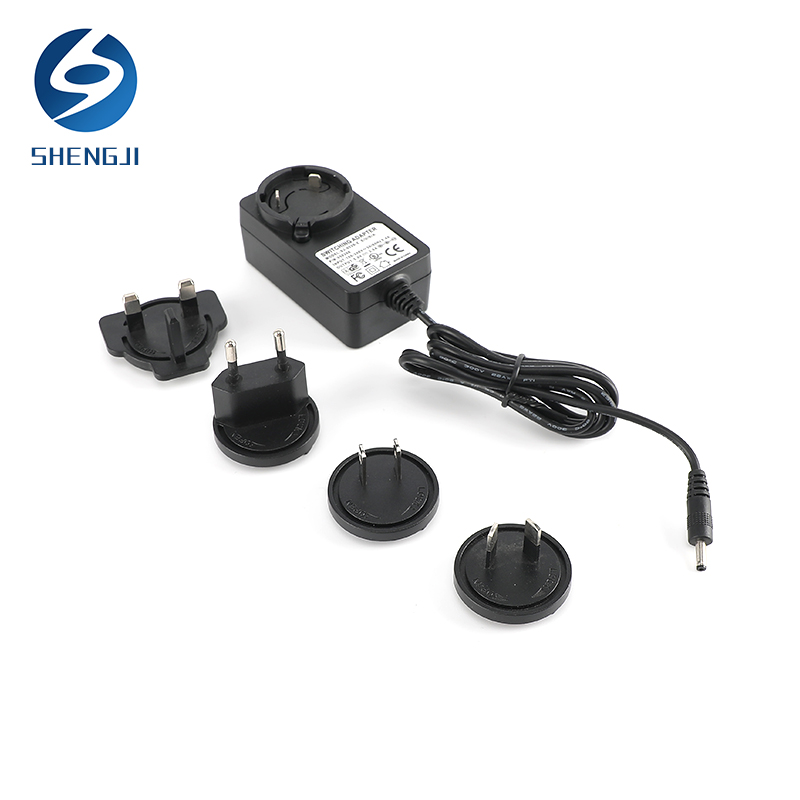Output Overload Protection Methods For Switching Power Adapter
Output Overload Protection Methods for Switching Power Adapter
In the research and development process of new switching power adapter, in order to ensure that the adapter can adapt to the operating requirements of different environments during use and can provide users with continuous and stable current-voltage conversion work, the adapter is usually provided with appropriate output overload protection to ensure the safe operation of the adapter. The following introduces two widely used output overload protection technologies.
Flyback Overpower Limit Protection Method
The flyback overpower protection method is currently widely used in adapter research and development and manufacturers' production processes. This protection technology is an extension of the upper-speed form. In this form, there is a circuit to monitor the primary side current and secondary side voltage and reduce power as the output voltage decreases. In this way, when the load resistance drops, the output current is reduced to prevent the secondary side components from being damaged by excessive stress, its disadvantage is that it will lock up when used for non-linear loads.
Constant power limit protection method
The constant input power limit protection method is one of the more commonly used switching power adapter output protection technologies in the world, the protection principle of this method is to protect the primary circuit by limiting the maximum transmission power. But in a flyback converter, this technique provides little protection for the secondary output components. For example, in a discontinuous flyback converter, the primary peak current is already limited, which gives a limited transfer power. When the load resistance decreases and the load exceeds its limit, the output voltage begins to drop. Precisely because of the voltage-current product of the specified input and the corresponding output, when the output voltage begins to drop, the output current will rise. During a short circuit, the secondary current will become very large and consume all the power in the switching power supply. This form of power limitation is generally only used as a supplementary form of some limitation, such as secondary side current limitation in circuits with supplementary limitation.








